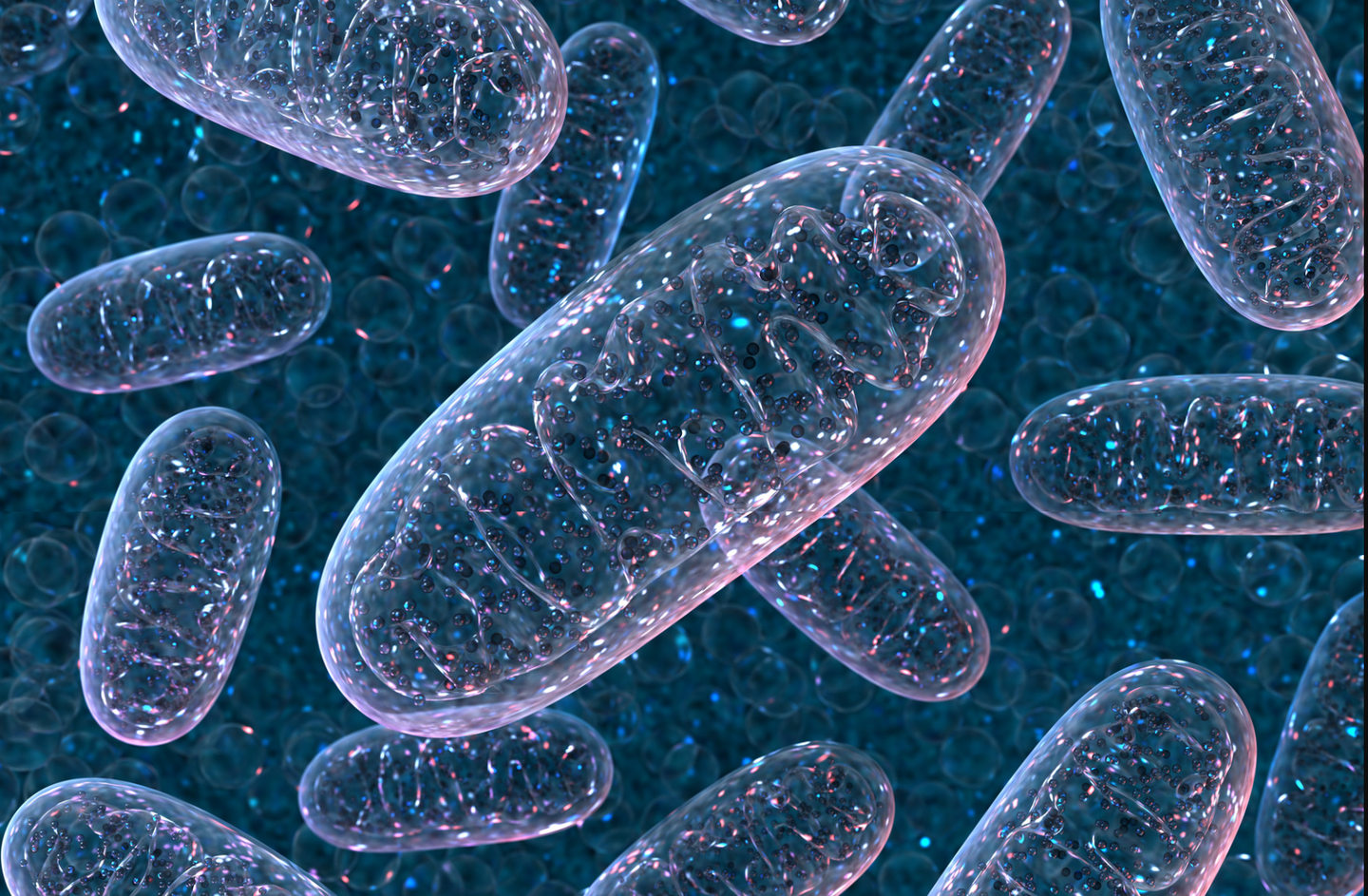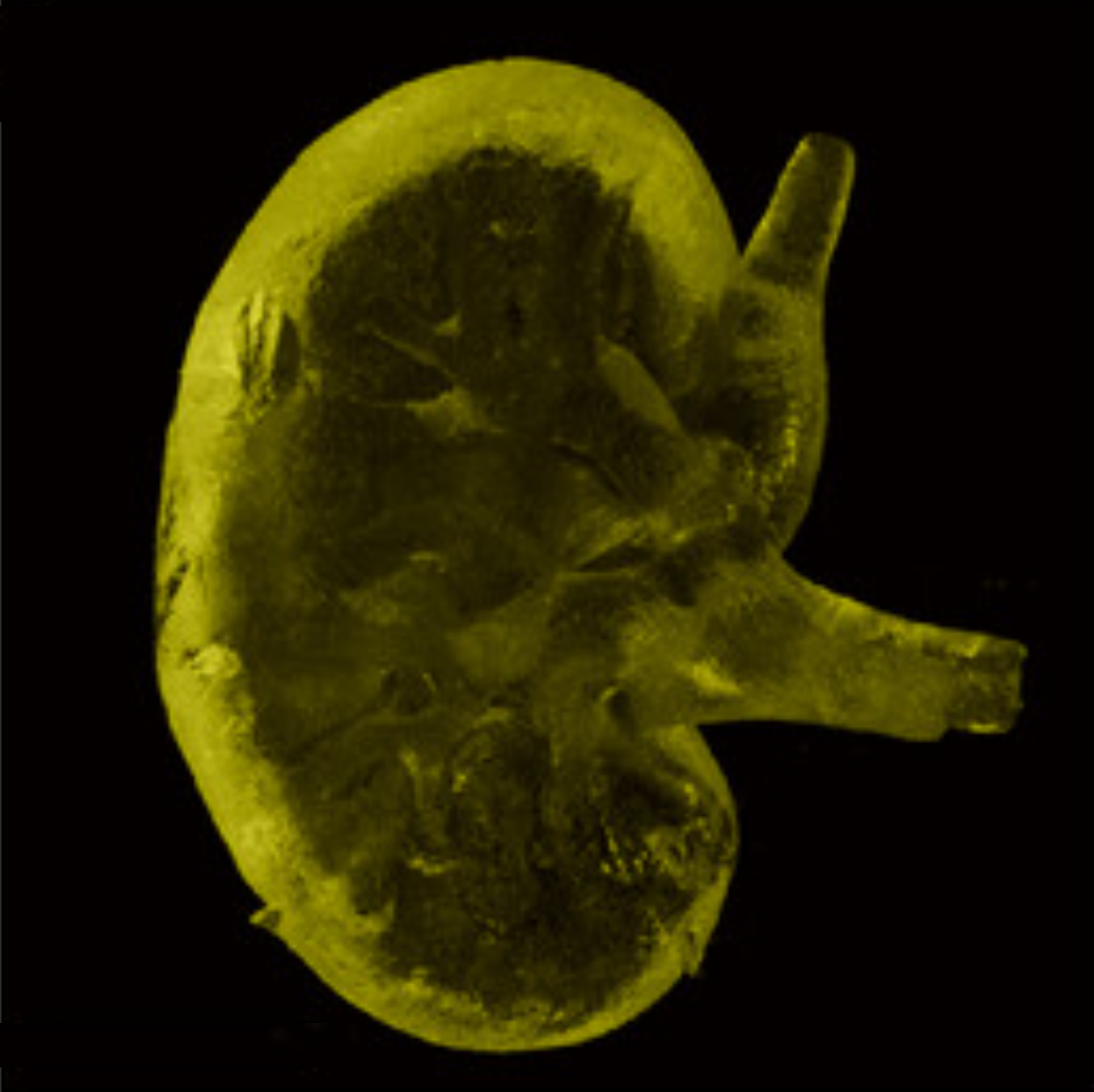Researchers find both good and bad news for people with low back pain
Low back pain, a pervasive health issue affecting over 570 million people worldwide, has emerged as a major cause of disability.

[Jan. 24, 2023: JD Shavit, The Brighter Side of News]
Low back pain, a pervasive health issue affecting over 570 million people worldwide, has emerged as a major cause of disability. (CREDIT: Creative Commons)
Low back pain, a pervasive health issue affecting over 570 million people worldwide, has emerged as a major cause of disability. The United States alone has witnessed healthcare expenditures of a staggering $134.5 billion between 1996 and 2016, with costs continuing to escalate.
In the words of Professor Lorimer Moseley from the University of South Australia, "The good news is that most episodes of back pain recover, and this is the case even if you have already had back pain for a couple of months." However, he adds, "The bad news is that once you have had back pain for more than a few months, the chance of recovery is much lower.
This reminds us that although nearly everyone experiences back pain, some people do better than others, but we don't completely understand why."
A recent systematic review and meta-analysis conducted by an international team of researchers aimed to shed light on the clinical course of low back pain, categorizing it as acute (less than 6 weeks), subacute (6 to less than 12 weeks), and persistent (12 to less than 52 weeks). The findings of this comprehensive study provide valuable insights into the nature of this pervasive ailment.
Related Stories:
For individuals grappling with new back pain, the research offers a glimmer of hope. Pain and mobility issues typically improve significantly within the first six weeks.
However, the study also reveals a concerning trend – recovery tends to slow down after this initial period. This study builds upon a 2012 paper by the same research team and exposes a grim reality: many individuals with persistent low back pain, enduring it for more than 12 weeks, continue to suffer from moderate-to-high levels of pain and disability.
Professor Moseley underscores the implications of these findings, stating, "These findings make it clear that back pain can persist even when the initial injury has healed." He emphasizes that in such cases, the issue lies in the hypersensitivity of the pain system rather than ongoing back injury.
Trajectory of pain among patients with acute (
This insight prompts a call to action for those grappling with chronic back pain – an ailment that persists on most days for more than a few months. Professor Moseley advocates for a novel approach to recovery, one that combines brain and body training.
He explains, "New treatments focus on first understanding that chronic back pain is not a simple problem, which is why it does not have a simple solution, and then on slowly reducing pain system sensitivity while increasing your function and participation in meaningful activities."
Trajectory of disability in patients with acute (
Identifying the slowdown in recovery for individuals with subacute low back pain assumes paramount importance. This early detection enables healthcare providers to escalate care and, in turn, reduce the likelihood of persistent pain.
As the statistics surrounding low back pain continue to rise, further research into effective treatments becomes imperative. This debilitating condition demands a multifaceted approach, particularly concerning individuals younger than 18 and older than 60 years. Only through continued investigation can we hope to unravel the complexities of low back pain and offer relief to the countless individuals affected by this condition.
For more technology news stories check out our New Innovations section at The Brighter Side of News.
Note: Materials provided above by The Brighter Side of News. Content may be edited for style and length.
Like these kind of feel good stories? Get the Brighter Side of News' newsletter.



